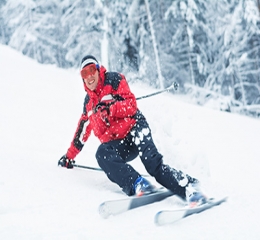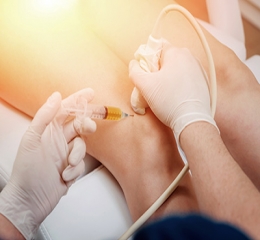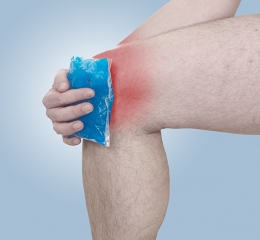Skiing Injury Prevention
Skiing is a popular winter sport that provides an adrenaline rush and a chance to enjoy the great outdoors. However, it also poses a risk of injury, particularly to the bones and joints of the lower extremities. As an orthopaedic surgeon, I want to share some tips for preventing skiing injuries.







